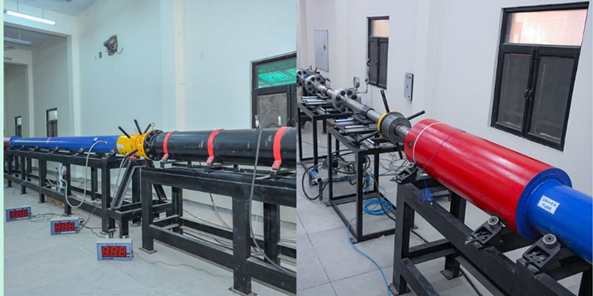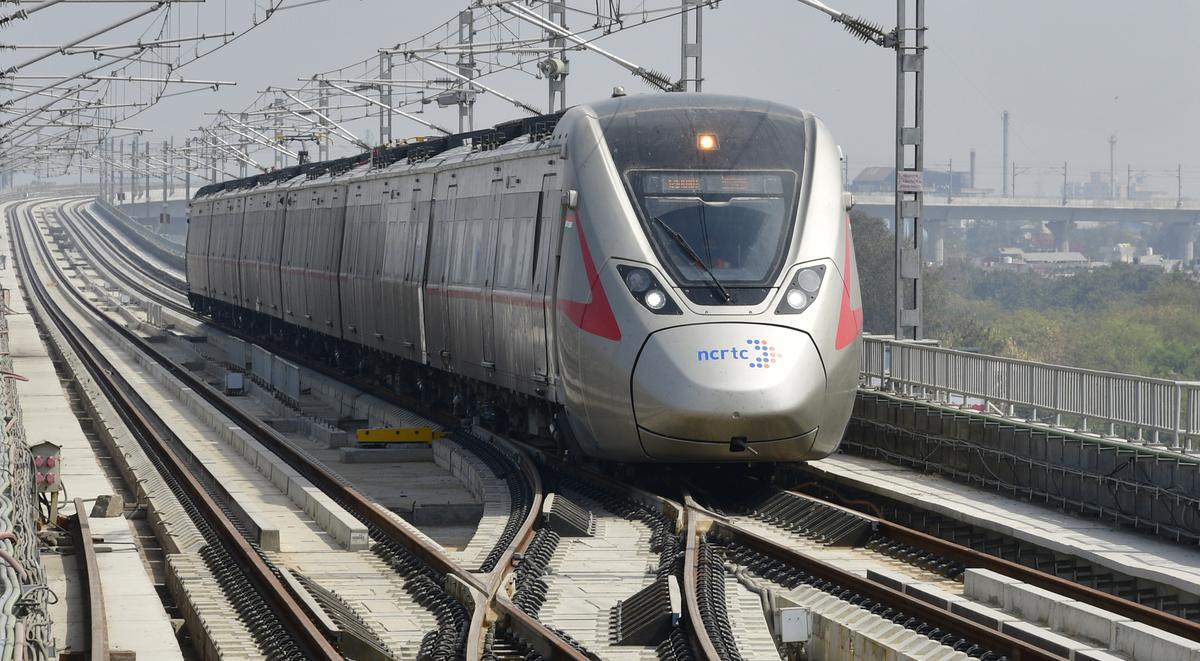- Courses
- GS Full Course 1 Year
- GS Full Course 2 Year
- GS Full Course 3 Year
- GS Full Course Till Selection
- Online Program
- GS Recorded Course
- NCERT (Recorded 500+ Hours)
- Polity Recorded Course
- Geography Recorded Course
- Economy Recorded Course
- AMAC Recorded Course
- Modern India, Post Independence & World History
- Environment Recoded Course
- Governance Recoded Course
- Science & Tech. Recoded Course
- International Relations and Internal Security Recorded Course
- Disaster Management Module Course
- Ethics Recoded Course
- Essay Recoded Course
- Current Affairs Recoded Course
- CSAT
- 5 LAYERED ARJUNA Mentorship
- Public Administration Optional
- ABOUT US
- OUR TOPPERS
- TEST SERIES
- FREE STUDY MATERIAL
- VIDEOS
- CONTACT US
INDIA'S FIRST HYPERVELOCITY EXPANSION TUNNEL TEST FACILITY
INDIA'S FIRST HYPERVELOCITY EXPANSION TUNNEL TEST FACILITY
10-02-2024

- In February 2024, Indian Institute of Technology, Kanpur, has successfully tested India’s first Hypervelocity Expansion Tunnel Test Facility (HETTF).
- The facility was developed through collaborative efforts involving the Aeronautical Research and Development Board (ARDB), DST, and the Hypersonic Experimental Aerodynamics Laboratory (HEAL) of IIT-Kanpur.
- This achievement positions India among a select few nations possessing advanced hypersonic testing capabilities.
About Hypervelocity Expansion Tunnel Test Facility (HETTF):
-
The S2, nicknamed 'Jigarthanda', is a 24-meter-long facility located at IIT Kanpur’s Hypersonic Experimental Aerodynamics Laboratory (HEAL) within the Department of Aerospace Engineering.
- The facility is capable of generating flight speeds ranging from 3 to 10 km/s, simulating hypersonic conditions, which is crucial for various applications such as atmospheric entry of vehicles, asteroid entry, scramjet flights, and ballistic missiles.
Key points:
- Significance: Marks an important step towards India's goal of self-reliance (Atmanirbhar Bharat).
- Achievement: India joins a select group of countries with advanced hypersonic testing capabilities.
- Developer: Indian Institute of Technology, Kanpur (IIT Kanpur).
- Funding: The Department of Science & Technology (DST) supported the project with Rs 4.5 crores under the Fund for Improvement in S&T Infrastructure (FIST) in 2018.
- Purpose: It supports ISRO and DRDO missions, including Gaganyaan, Reusable Launch Vehicle (RLV), and hypersonic cruise missiles.
- Components: The facility comprises a free piston driver, a compression tube, a shock/acceleration tube, and a test section with a high vacuum system for creating hypersonic flow.
- Impact: Enhances India's capacity in hypersonic research, aiding in the optimization of current and future defense and space missions.
- Global Positioning: Establishes India as a leader in experimental hypersonic research, advancing the country's space and defense capabilities.
About Aeronautical Research and Development Board (ARDB):
|
Conclusion:
- The establishment of India’s pioneering Hypervelocity Expansion Tunnel Test Facility, named 'Jigarthanda', signifies a notable advancement in aerospace research.
- Its indigenous development has the capacity to enhance India's prominence in hypersonic technology and reinforce its defense and space industries.


